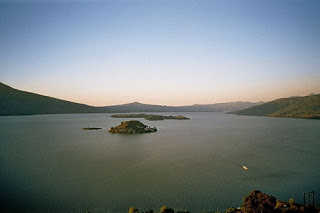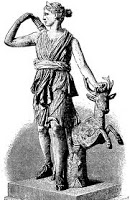Two hundred and fifty years ago, this nearly forgotten hamlet was the second largest seaport in the American colonies prior to the Revolutionary War. Ocean vessels were anchored to await barrels of tobacco bound for Europe and the rest of the world. Port Tobacco was on the world map. The port had access to the Atlantic Ocean and the Chesapeake Bay.
Today, the nearest water to Port Tobacco is a soggy stretch of marsh where archeologists are examining residue. There’s not enough water in Port Tobacco to support a kayak hull, let alone a blue water schooner. I’d brought my ocean kayak hoping to find access to the Chesapeake Bay or the river. Mallows Bay near Nanjemoy, offers a small launch area into the Potomac River. It’s a short foray to the area where the surplus WWI warships were partially submerged. The area is now funded and titled Mallows Bay – Potomac River National Marine Sanctuary. It’s a unique kayak experience to paddle along huge vessels, some underwater, some at eye level.

Mallows Bay launch and landing.
The Catholics arrived in Port Tobacco in 1658, then the Episcopal Anglicans. The town had one hundred defined lots originally, but the port was growing each year. The St. Charles Hotel could seat 200 for dinner. The town was formed in 1727 and became the second largest community in Maryland.
Slave sales for Southern Maryland growers took place on the auction block outside the courthouse, built by the community in 1819. Sixty business and homes were within the incorporated area. Only one original furniture piece remains, a clerk’s desk made of oak.
Local currency was tobacco, pound by pound or a pinch for the pipe. Destined for international trade, the tobacco leaves were packed in kegs and shipped to England. Trade merchants were mostly canny Scots. They offered credit to plantation owners and it was the merchant’s responsibility to get the tobacco to Europe and England.
At Port Tobacco’s heyday, the resident population was primarily enslaved people of African heritage. Few pale faces were seen in the region. The circuit court met every three or four months and their arrival signaled the opening of a fair, the market and trade session when people gathered in town to witness trials and punishments. After the American Revolution, the court system was left in disarray.
Two newspapers operated in the town, the Port Tobacco Times and the Times Crescent. The Maryland Independent, founded in 1874, covers Charles County and Southern Maryland news.
Tobacco plantations extended from Port Tobacco to the Potomac River. The plowed fields caused erosion which silted into the river. Warehouse Landing Road bisects the land where tobacco grew for centuries. In the modern era, the farm acres have been shrunk into suburban lots with ordinary copy-cat housing priced at the half-million range. Way back when, Warehouse Landing Road led to the main warehouse where officials graded the tobacco grown in Charles County, establishing quality level and price.
Other recent changes near this port that sunk into the swamp were swimming camps for children along the Potomac River during the 1920s. The Society for the Restoration of Port Tobacco was created in 1940. Now, its purpose is to promote local history and protect the buildings and artifacts of the town. Today, the organization offers a museum, guides and a Facebook site announcing history reenactments, festivals and social events.
L. Peat O’Neil

















You must be logged in to post a comment.